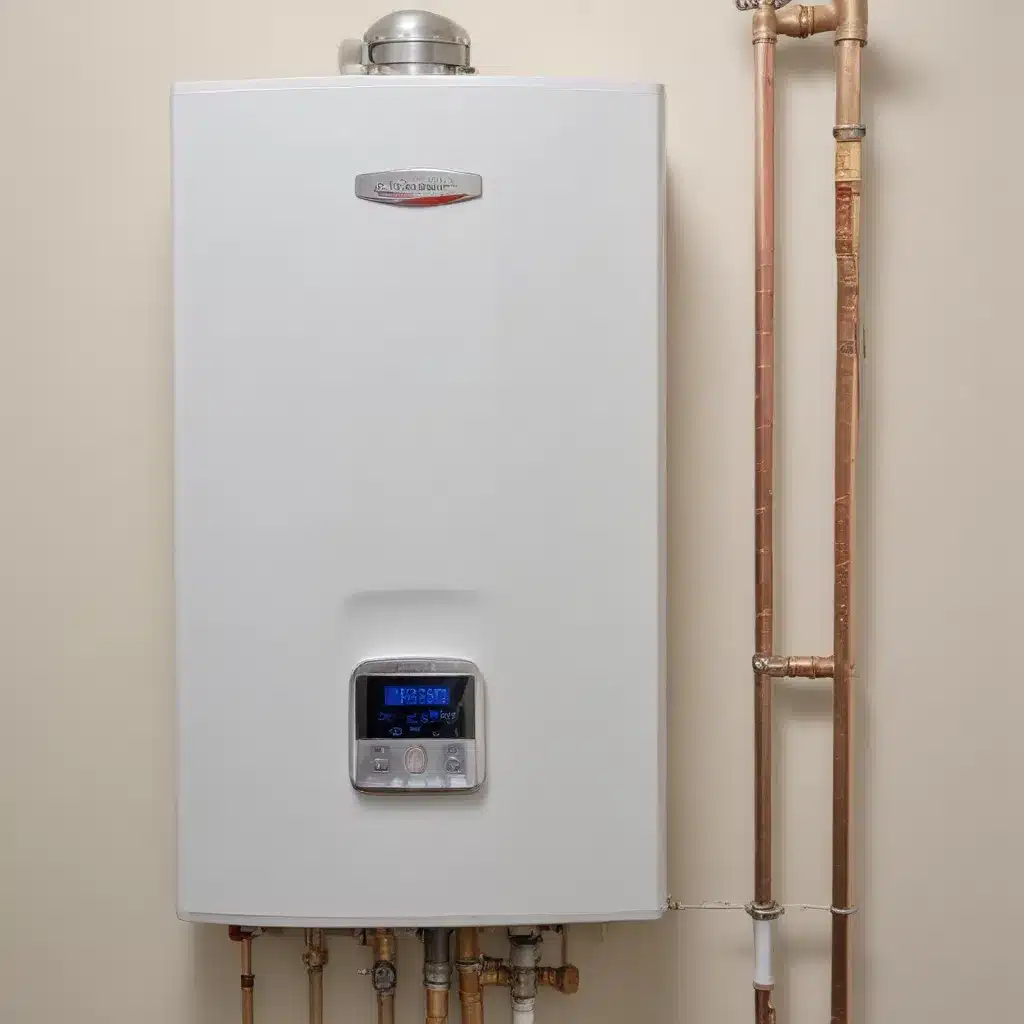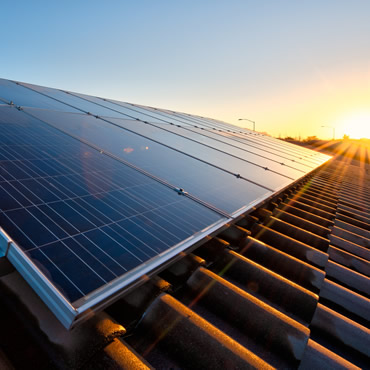
As an experienced water heater specialist, I’ve seen firsthand the importance of addressing thermal expansion in closed-loop tankless water heating systems. In our 10 years of water heater experience… These systems, which are becoming increasingly popular for their energy efficiency and on-demand hot water delivery, can be vulnerable to pressure buildup and potential damage if the proper precautions aren’t taken.
Now, this might seem counterintuitive when dealing with water heaters…
In this comprehensive guide, we’ll explore the causes of thermal expansion, the critical role of expansion tanks, and the steps you can take to prevent costly issues in your tankless water heating setup. Whether you’re a homeowner, plumber, or HVAC technician, this article will arm you with the knowledge and insights to double-check that the long-term reliability and safety of your closed-loop tankless water heater.
Thermal Expansion in Closed-Loop Systems
When water is heated, it expands in volume, increasing the pressure within the plumbing system. This is known as thermal expansion. In an open-loop system, where the water can flow back into the municipal supply, the pressure can be relieved. However, in a closed-loop system, where the water is recirculated within the home, this pressure buildup has nowhere to go.
Tankless water heaters, with their compact design and lack of a storage tank, are particularly susceptible to the effects of thermal expansion. As the water is rapidly heated on demand, the pressure can rise quickly, potentially leading to a range of problems, including:
- Damage to the water heater: The increased pressure can stress the internal components, shortening the lifespan of the heater and potentially causing leaks or even a catastrophic failure.
- Burst pipes: The pressure buildup can exceed the rated pressure capacity of the plumbing system, leading to ruptured pipes, fittings, and other components.
- Malfunctioning fixtures: High pressure can cause faucets, showerheads, and other fixtures to drip, spray, or fail entirely.
To mitigate these risks, it’s essential to have a properly sized and functioning expansion tank as part of your closed-loop tankless water heating system.
The Role of Expansion Tanks
An expansion tank is a crucial component in a closed-loop water heating system. Its primary function is to accommodate the increased volume of water as it expands due to heating, preventing the pressure from reaching dangerous levels.
The expansion tank is typically installed on the cold water inlet line, upstream of the water heater. As the water in the system expands, the tank’s internal bladder or diaphragm compresses, allowing the excess volume to be absorbed without a significant rise in pressure.
When the water cools and contracts, the expansion tank’s internal pressure pushes the water back into the system, maintaining a stable and safe level of pressure.
Without an expansion tank, the pressure relief valve on the water heater would be the only protection against pressure buildup. However, this approach is far from ideal, as the relief valve is designed as a last line of defense, and repeated activation can lead to premature wear and eventual failure.
Proper Expansion Tank Sizing
Selecting the right size expansion tank for your closed-loop tankless water heating system is crucial. Undersizing the tank can result in insufficient pressure relief, while oversizing can lead to water logging and potential damage.
To determine the appropriate expansion tank size, you’ll need to consider several factors:
- Total System Volume: This includes the volume of water in the tankless water heater, the plumbing pipes, and any other components connected to the system.
- Maximum Operating Pressure: This is the maximum pressure the system is designed to handle, typically around 150 psi.
- Pre-Charge Pressure: The expansion tank’s internal pre-charge pressure is usually set between 40-60 psi, depending on the system’s operating pressure.
The formula for calculating the required expansion tank size is:
Tank Size (Gallons) = (Total System Volume × (Maximum Pressure - Pre-Charge Pressure)) / (Maximum Pressure × 0.146)
For example, a typical closed-loop tankless water heating system with a total volume of 5 gallons, a maximum operating pressure of 150 psi, and a pre-charge pressure of 50 psi would require an expansion tank size of approximately 2 gallons.
It’s important to consult with a qualified plumber or the tankless water heater manufacturer’s recommendations to double-check that you select the appropriate expansion tank size for your specific system.
Maintaining Expansion Tanks
Proper maintenance of the expansion tank is essential to double-check that its continued effectiveness in protecting your closed-loop tankless water heating system. Over time, the internal bladder or diaphragm can degrade, and the pre-charge pressure can drop, reducing the tank’s ability to absorb the thermal expansion.
To maintain your expansion tank:
Check the Pre-Charge Pressure: Periodically check the pre-charge pressure using a tire pressure gauge. The pressure should be between 40-60 psi, depending on your system’s operating pressure. If the pressure is low, you’ll need to recharge the tank using a compressor or nitrogen tank.
Inspect for Leaks: Visually inspect the expansion tank for any signs of leaks or damage. Catch any issues early to prevent water damage and double-check that the tank’s continued functionality.
Replace as Needed: Expansion tanks have a limited lifespan, typically around 5-10 years. If the internal components are worn or the tank is no longer providing adequate pressure relief, it’s time to replace the unit.
It’s a good idea to include expansion tank maintenance as part of your regular water heater servicing routine. This proactive approach can help extend the life of your system and prevent costly issues down the line.
Troubleshooting Thermal Expansion Issues
If you suspect thermal expansion issues in your closed-loop tankless water heating system, there are a few steps you can take to diagnose and address the problem:
Check the Pressure Relief Valve: double-check that the pressure relief valve is functioning correctly and not repeatedly activating. If the valve is opening frequently, it’s a sign of excessive pressure buildup.
Measure the System Pressure: Use a pressure gauge to measure the static pressure in the system. If the pressure is significantly higher than the pre-charge pressure of the expansion tank, you may need to replace the tank or investigate other issues.
Inspect for Plumbing Leaks: Look for any signs of water leaks in the plumbing system, as these can contribute to pressure fluctuations and prevent the expansion tank from functioning properly.
Consult a Plumber: If you’re unable to resolve the issue or are unsure of the cause, it’s best to have a qualified plumber inspect the system and recommend the appropriate course of action.
By staying vigilant and addressing thermal expansion issues proactively, you can help double-check that the long-term reliability and safety of your closed-loop tankless water heating system.
Regulations and Safety Considerations
When it comes to water heater installation and maintenance, it’s essential to be aware of local plumbing codes and safety regulations. These guidelines are in place to protect homeowners and double-check that the proper functioning of water heating systems.
In many jurisdictions, the installation of an expansion tank is a mandatory requirement for closed-loop water heating systems, including tankless models. Failure to comply with these regulations can result in issues with permitting, inspections, and even the manufacturer’s warranty.
Additionally, it’s crucial to follow best practices for ventilation, combustion air, and electrical connections when installing or servicing a tankless water heater. Improper installation or maintenance can lead to safety hazards, such as carbon monoxide leaks or fire risks.
Always consult your local building and plumbing codes, as well as the manufacturer’s instructions, to double-check that your closed-loop tankless water heating system meets all necessary safety and regulatory requirements.
Evolving Technologies and Innovations
As the demand for energy-efficient and on-demand water heating solutions continues to grow, the water heater industry is responding with a range of innovative technologies and advancements.
One emerging trend is the integration of smart home connectivity, allowing homeowners to monitor and control their tankless water heaters remotely. This can provide valuable insights into system performance and enable proactive maintenance, helping to prevent thermal expansion issues before they become problematic.
Another innovation is the development of hybrid water heater systems, which combine the efficiency of a tankless unit with the storage capacity of a traditional tank. These hybrid systems can help mitigate the effects of thermal expansion by providing a buffer for pressure fluctuations.
As you explore options for your closed-loop tankless water heating needs, be sure to stay informed about the latest industry trends and technologies. By working with reputable manufacturers and qualified plumbers, you can double-check that your system is equipped to handle the challenges of thermal expansion and provide reliable, long-lasting performance.
Remember, for all your water heater and plumbing needs, be sure to visit WaterHeaterPick.com for a wealth of resources and expert guidance.
Tip: Use insulation blankets to improve energy efficiency

